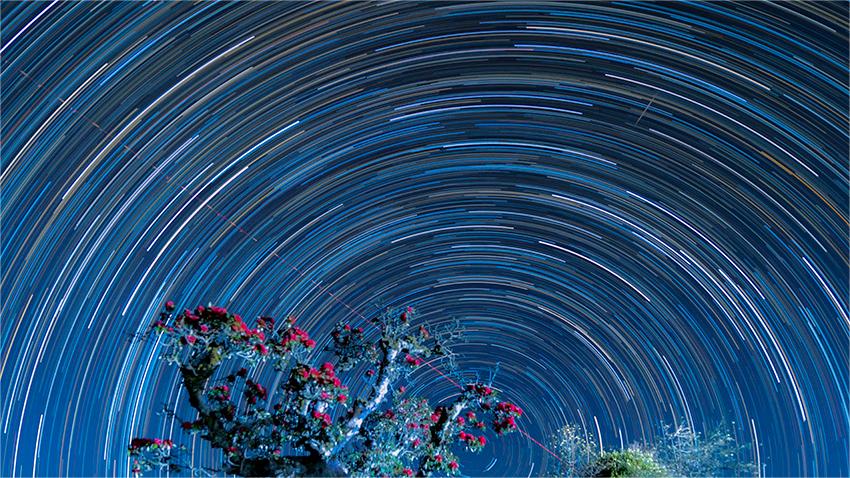Scientists enhance weather forecasts reliability with machine learning
BEIJING, March 9 (Xinhua) -- A global team of researchers has made strides in refining weather forecasting methods using machine learning.
Scientists have been looking for better ways to make weather forecasts more accurate. Despite the maturity of ensemble numerical weather prediction (NWP), the resulting forecasts are still, more often than not, under-dispersed. As such, forecast calibration tools have become popular.
Among those tools, quantile regression (QR) is highly competitive in terms of both flexibility and predictive performance. Nevertheless, a QR long-standing problem is quantile crossing, which greatly limits the interpretability of QR-calibrated forecasts.
On this point, this study proposes a non-crossing quantile regression neural network (NCQRNN), for calibrating ensemble NWP forecasts into a set of reliable quantile forecasts without crossing.
According to the study, the NCQRNN model modifies the traditional QRNN structure by adding a new layer that preserves the rank order of output nodes, such that the lower quantiles are constrained to be perpetually smaller than higher ones without losing accuracy.
"Our NCQRNN model maintains the natural order of forecast values, ensuring lower quantiles stay smaller than higher ones. This boosts accuracy and significantly improves forecast interpretability," said Yang Dazhi, a professor at Harbin Institute of Technology (HIT).
The new findings, recently published in the journal Advances in Atmospheric Sciences, was co-developed by researchers from the HIT, Chinese Academy of Sciences (CAS), Karlsruhe Institute of Technology (KIT) in Germany, National University of Singapore, UK Power Networks, Budapest University of Technology and Economics (BME) in Hungary, and other institutes.
The researchers believe that this innovative machine learning approach has substantial improvements over existing models. Its adaptable design allows seamless integration into various weather forecasting systems, promising clearer and more reliable predictions for a range of weather variables.
"This non-crossing layer can be added to a wide range of different neural network structures, ensuring the wide applicability of the proposed technique," said Dr. Martin J. Mayer from the BME.
According to Dr. Sebastian Lerch from the KIT, the proposed neural network model for quantile regression is very general and can be applied to other target variables with minimal adaptations. Therefore, the method will also be of interest for other weather and climate applications beyond solar irradiance forecasting.
Moreover, the researchers emphasize that machine learning has important application prospects in the field of weather and climate research.
"This study provides an instructive case study on how to apply advanced machine learning methods to numerical weather prediction models to improve the accuracy of weather forecasts and climate predictions," said Xia Xiang'ao, a professor from the Institute of Atmospheric Physics of the CAS.
Photos
Related Stories
- Scientists develop new AI model for weather forecasting
- Scientists improve crop yield forecast by machine learning
- Intelligent weather forecast helps prevent, alleviate natural disasters
- China renews highest alert for cold wave
- Meteorological authority escalates cold wave alert, forecasting drastic temperature dropping in majority parts across China
- Extreme weather prompts suspension of more trains in NW China
Copyright © 2024 People's Daily Online. All Rights Reserved.









